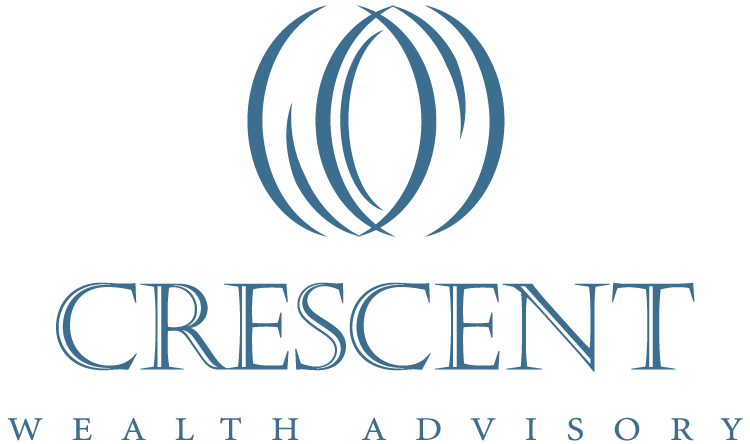10-Year Capital Market Forecasts (2022-2031)
By Crescent Team
Asset Class Returns, Standard Deviations, Correlations & Tail Assumptions
This paper details our input assumptions for the investment period from January 2022 to December 2031. It includes 10-year estimates for asset class returns, standard deviations, skewness, kurtosis and correlations.
Investment Themes for 2022-2031
Nominal return forecasts rose for most asset classes but rising inflation expectations means most asset classes have declining year-over-year real return expectations.
Meaningfully negative real returns continue to make cash an expensive opportunity cost for investors.
Global bond yields generally rose. Despite the increase, most fixed income asset class forward-looking return expectations remain below expected inflation levels.
Earnings accelerated in 2021 and expanded faster than stock prices. Non-U.S. equities remain more attractive on a valuation basis as U.S. equities have grown to represent 61 percent of the global equity market capitalization compared to 58 percent a year ago.
With higher inflation expectations, real assets remain an important diversifier. Within real assets, broad real assets return expectations rose meaningfully faster than real estate.
Download our 10-Year Capital Market Forecasts (2022-2031).
Note: This report is intended for the exclusive use of clients or prospective clients of Crescent Wealth Advisory. Content is privileged and confidential. Any dissemination or distribution is strictly prohibited. Information has been obtained from a variety of sources believed to be reliable though not independently verified. Any forecast represent future expectations and actual returns, volatilities and correlations will differ from forecasts. Past performance does not indicate future performance. The information presented does not represent a specific investment recommendation. Please consult with your advisor, attorney and accountant, as appropriate, regarding specific advice.
